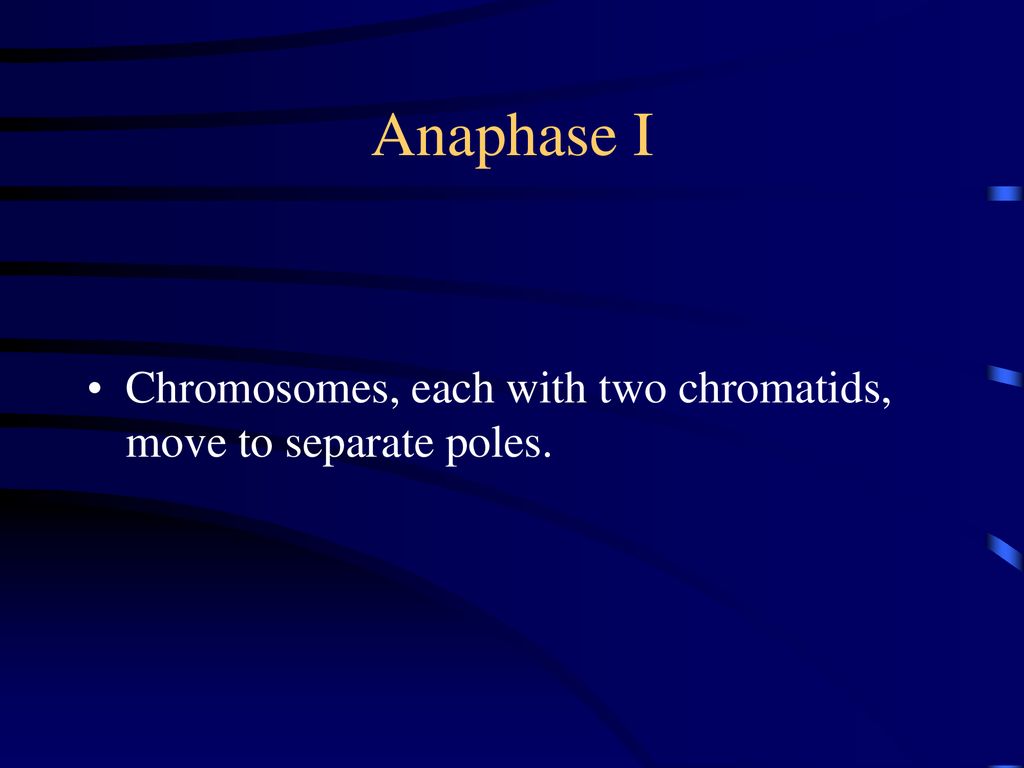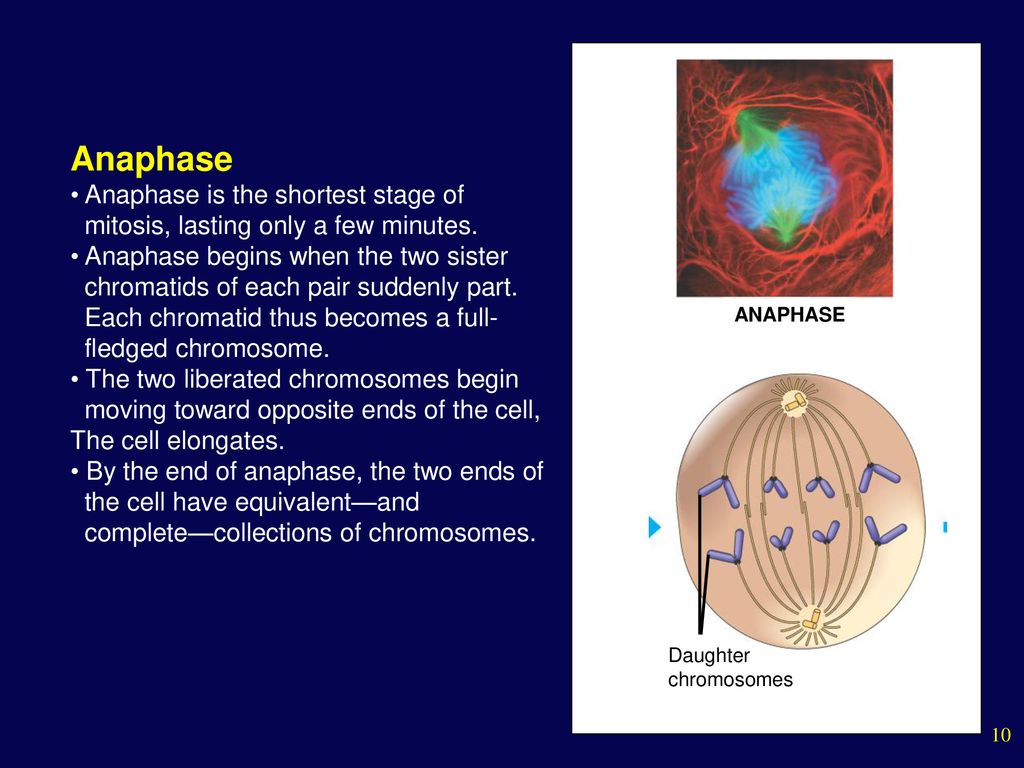Anaphase chromosome movement in a monopolar spindle shown by Biology Diagrams Anaphase is characterized by two distinct motions. The first of these, anaphase A, moves chromosomes to either pole of a dividing cell (marked by centrosomes, from which mitotic microtubules are generated and organised).The movement for this is primarily generated by the action of kinetochores, and a subclass of microtubule called kinetochore microtubules. Anaphase I is the third stage of meiosis I and follows prophase I and metaphase I. This stage is characterized by the movement of chromosomes to both poles of a meiotic cell via a microtubule network known as the spindle apparatus. Motor proteins generate forces that drive chromatid movement. Dynein moves toward the minus end of microtubules, pulling chromatids toward spindle poles. Kinesin-13 facilitates microtubule disassembly at kinetochores and spindle poles, aiding chromatid movement. In Anaphase I, homologous chromosome pairs separate, reducing chromosome number

In anaphase I, homologous chromosomes separate and move towards opposite ends of the cell. This ensures that each resulting daughter cell receives a complete set of chromosomes. What Is Anaphase 1 Vs Anaphase 2? Anaphase 1 separates homologous chromosomes, Anaphase 2 separates sister chromatids. Both involve chromosome movement to opposite poles.

Definition and Stages in Mitosis and Meiosis Biology Diagrams
Anaphase, in mitosis and meiosis, the stage of cell division in which separated chromatids (or homologous [like] chromosome pairs, as in the first meiotic division) move toward the opposite poles of the spindle apparatus. Anaphase is preceded by metaphase, in which the chromosomes line up along the The polar movement of the chromosomes or The Xenopus chromokinesin Xkid is essential for metaphase chromosome alignment and must be degraded to allow anaphase chromosome movement. Cell 102, 411-424 (2000).

Anaphase Spindle Generates More Force than Needed for Anaphase Chromosome Movement. It might seem natural to assume that the spindle forces normally generated during anaphase, when the chromosomes are undergoing their most obvious movements, are higher than during other phases of mitosis. ADVERTISEMENTS: Read this article to learn about the Movement of Chromosomes during Anaphase ! During nuclear division or mitosis, there is a progressive change in the structure and appearance of the chromosomes. Although mitosis is a continuous process (Figs. 20-20 and 20-21), for convenience it is usually divided into four major stages: prophase, meta- phase, […]
